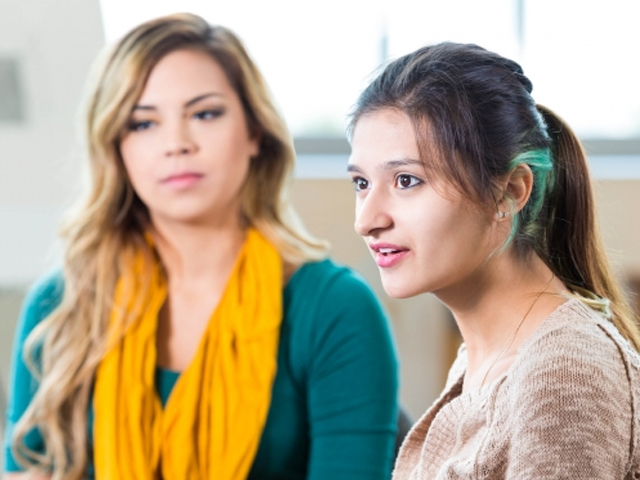The Fight Against Cervical Cancer

We talk with VCS Foundation Director of Education and Liaison, Dr Lara Roeske, about the renewed National Cervical Screening Program (NCSP) which switched from the Pap test to the Cervical Screening Test in December 2017.
Self-test helping Australia to win the fight against cervical cancer
Since the introduction of the National Cervical Screening program in 1991, Australia now has one of the lowest rates of cervical cancer in the world.
If vaccination and screening coverage are maintained at their current rates, cervical cancer will be eliminated in Australia within the next 20 years, according to research from Cancer Council NSW, published in the medical journal The Lancet Public Health.
However, every year in Australia 600-700 women are still diagnosed with cervical cancer and 200-300 will die.
It's hoped that a self-test, made available to eligible women as part of the renewed National Cervical Screening Guidelines, will encourage even more women to screen for cervical cancer.
Changes to cervical cancer screening
In December 2017, the method for screening for cervical cancer was updated, with the traditional two-yearly Pap smear test replaced by the Cervical Screening Test.
Strong evidence suggests that the new Cervical Screening Test is superior at predicting cervical cancer risk, when compared to the Pap test.
While the Pap test looked for cell changes in the cervix, the new Cervical Screening Test looks for any of the 14 different types of human papillomavirus (HPV) known to cause 99% of cervical cancer. If HPV is found, then the cells of the cervix will be automatically checked for any changes.
In this way, the new test is a step ahead of the Pap test – 30% more cases of cervical cancer will be prevented with the new screening program compared with the old Pap Screen Program.
It also means that women now only need to be screened every five years if their results are normal.
How the self-test works
Dr Lara Roeske, VCS Foundation Director of Education and Liaison, co-authored the renewed National Cervical Screening Program Guidelines.
Dr Roeske says the self-test avoids the embarrassment, fear and discomfort experienced by some women. "The test is simple, quick, and safe, and is as accurate as a test performed by the doctor or trained nurse."
To be eligible, women need to speak to their doctor or nurse, be aged 30 years or over, and be overdue for their screening. Women need to make an appointment to see their GP, specialist or nurse.
How to take the test:
Taking the test should not hurt.
Insert the swab, rotate 1-2 times then remove it.
Put the swab in the tube and hand this back to your doctor or nurse.
Your doctor or nurse will be available to answer any questions.
If you have any concerns about how to use the swab or where to put the swab, be your doctor or nurse will be able to assist you with this.
Under-screened groups most at risk
This new test might be particularly important for at-risk and remote populations, with only six out of 10 eligible women in Australia having cervical screening at the recommended times.
In Australia, 80% of cervical cancers are found in women who are overdue for screening, or who have never been screened.
"We know that up to 90% of women who die from this preventable cancer are either not up to date with their screening, or have not participated in screening despite being eligible," says Dr Roeske.
The under-screened may be in rural and remote areas, indigenous women, culturally and linguistically diverse groups, women facing social and economic disadvantage, victims of sexual trauma and violence, or women who are busy and have not prioritised their health.
"Additionally, contact with a health professional is a good opportunity to raise awareness about risk factors such as cigarette smoking, which can interfere with the body's ability to clear HPV infection of the cervix," says Dr Roeske.
Find out more about the HPV self-test, or learn more about the Cervical Screening Test.
Published with the permission of Jean Hailes for Women's Health jeanhailes.org.au 1800 JEAN HAILES (532 642)
MORE



